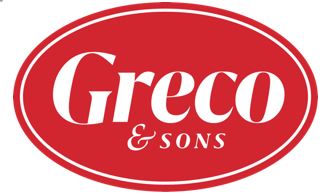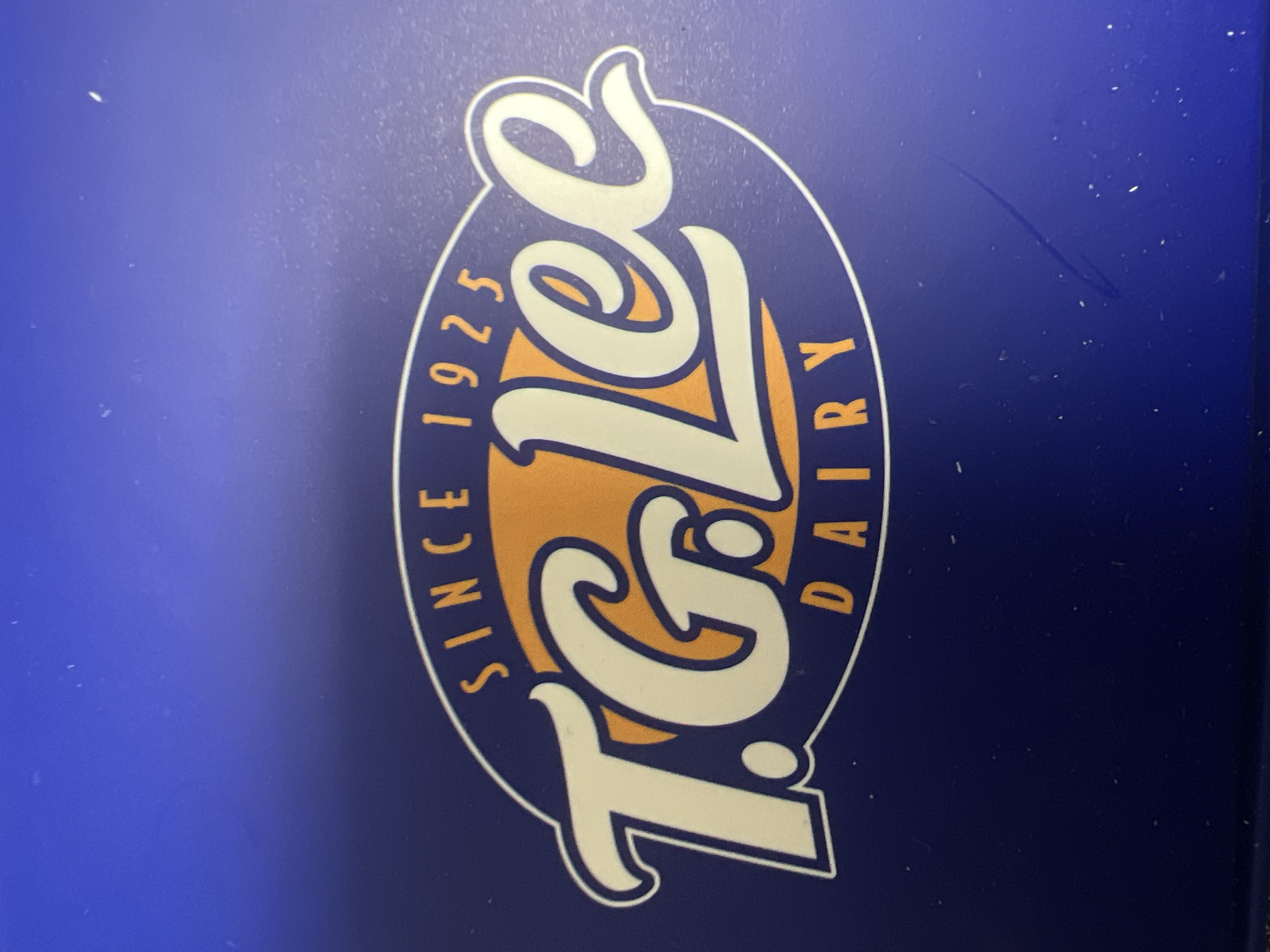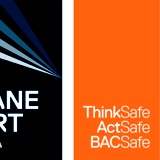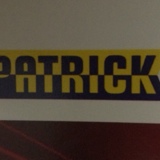Title Page
-
Greco site assessed:
-
Conducted on
-
Prepared by
-
Walk through / Review of findings conducted with:
Administrative
-
Safety Huddles and Coach Cards for the week have been reviewed, site is on pace to meet minimum required amounts.
-
Findings / Improvement recommendation:
-
Pre-shift warm up routines are being conducted.
-
Findings / Improvement recommendation:
-
All Origami incidents have appropriate reports; Auto Liability (AL) and Auto Physical Damage (APD) claims have photographs.
-
Findings / Improvement recommendation:
-
All worker's compensation claims have been processed, including entering of OSHA determination. Roll has been reviewed for personnel who may have been determined "No" but had subsequent restrictions or time off assessed after the initial incident.
-
Findings / Improvement recommendations
Exterior / Environmental Checks (Monthly requirement. Mark as N/A if already completed this month)
-
Vehicle lots, including employee parking areas, are generally clear of debris and blown litter.
-
Findings / Improvement recommendations
-
There is no significant staining or standing puddles of oil or grease present under vehicles or in parking areas, including employee parking areas.
-
Findings / Improvement recommendations
-
Spill kits are stocked and available, and located in close proximity to where they would most likely be needed. Colleagues have received training on how to respond to oil leaks and spills.
-
Findings / Improvement recommendations:
-
Emergency generators or Above Ground Storage Tanks do not show evidence of release, staining, corrosion, pain failures, bulging and / or buckling.
-
Sidewalks, steps and entryways from employee parking area to the site are clear of potential slip, trip, and fall hazards such as potholes, debris, weeds overgrowing into walkway, etc.
-
Findings / Improvement recommendations:
-
During winter months, a person or team is tasked with applying salt, shoveling snow, or breaking ice as required along sidewalks, steps and entryways.
-
Findings / Improvement recommendations:
-
Names of personnel on day and night shift:
-
Findings / Improvement recommendations:
-
Storm drains and their immediate areas are clear from oils, spills, food and/or debris including organic matter such as grass and leaves.
-
Findings / Improvement recommendations:
-
Dumpsters are closed and / or covered. No visible leaks, rust, or holes are present that would allow contaminated water to leak out after rain. There are no puddles or standing water underneath.
-
Findings / Improvement recommendations:
-
Wheel chocks for trucks and trailers are present for each dock door. Trucks or trailers backed into the building have at least their left (driver side) rear-most wheel chocked.
-
Findings / Improvement recommendations:
Warehouse / production areas
-
All work sites are kept clean and orderly, including recently swept aisles, no product stored directly on the floor, and trash cans below 75% full. <br> <br>(Ref: Sysco's OSHA self-assessment)
-
Findings / Improvement recommendation:
-
All spilled materials or liquids are cleaned up immediately. <br> <br>(Ref: Sysco's OSHA self-assessment)
-
Findings / Improvement recommendation:
-
All dock doors are closed unless actively in use. If a door is open, there is a truck or trailer with active operations going on, and that truck or trailer has its rearmost left wheel chocked. <br> <br>(Ref: Greco Truck and Trailer Securing SOP)
-
Findings / Improvement recommendation:
-
Dip tanks, etc, are cleaned regularly. <br> <br>(Ref: Sysco's OSHA self-assessment)
-
Findings / Improvement recommendation:
-
All work areas are adequately illuminated with a minimum 10 ft. candles. <br> <br>(Ref: OSHA standard 1926.56(a), table D-3; Sysco's OSHA self-assessment)
-
Findings / Improvement recommendation:
-
Where heat is a problem, all fixed work areas have been provided with spot cooling or air conditioning. <br> <br>(Ref: Sysco's OSHA self-assessment)
-
Findings / Improvement recommendation:
-
Aisles and passageways are kept clear, with minimum of 28" travel path, allowing for rapid egress in case of emergency. <br> <br>(Ref: Sysco's OSHA self-assessment)
-
Findings / Improvement recommendation:
-
Aisles and walkways are marked as required. <br> <br>(Ref: Sysco's OSHA self-assessment)
-
Findings / Improvement recommendation:
-
Exit doors are not blocked by product or machinery. An exit access must be at least 28 inches wide at all points. Where there is only one exit access leading to an exit or exit discharge, the width of the exit and exit discharge must be at least equal to the width of the exit access. <br> <br>(Ref: OSHA 1910.36(g)(2); Sysco's OSHA self-assessment)
-
Findings / Improvement recommendation:
Slip, Trip, and Fall Hazards
-
Wet or icy surfaces, especially in freezers or production areas, are covered with non-slip materials. <br> <br>(Ref: OSHA 1910.22; Sysco's OSHA self-assessment)
-
Findings / Improvement recommendation:
-
Material and equipment such as pallets and PIE forks are stored in such a way that projections will not interfere with the walkway causing trip and fall hazards <br> <br>(Ref: OSHA 1910.22 (a) (3); Sysco's OSHA self-assessment)
-
Findings / Improvement recommendation:
-
Holes in floor, sidewalks, or other walking surfaces are repaired properly, covered, or otherwise made safe. <br><br>(Ref: Sysco's OSHA self-assessment)
-
Findings / Improvement recommendation:
-
Changes of direction or elevations are readily identifable. <br> <br>(Ref: Sysco's OSHA self-assessment)
Pallet Storage
-
Pallets are free of protruding nails or broken upper deck boards. Unsafe pallets are segregated for destruction or recycling. <br><br>(Ref: OSHA 1917.14; Sysco's OSHA self-assessment)
-
Findings / Improvement recommendation:
-
Pallets are sorted by type (plastic vs. wood), stacked horizontally, with all pallets oriented the same way, and of the same size. <br> <br>(Ref: OSHA 1917.14; Sysco's OSHA self-assessment)
-
Findings / Improvement recommendation:
-
Pallets in pick location are free of shrink wrap, straps, or other items which may cause a trip hazard.<br><br>(Ref: OSHA 1910.22; OSHA 1917.14; Sysco's OSHA self-assessment)
-
Findings / Improvement recommendation:
-
Pallets are stacked at a maximum height of 6 ft (≈15 pallets).<br> <br> <br>(Ref: OSHA 1917.14; National Fire Safety Association publication 70; Sysco's OSHA self-assessment)
-
Findings / Improvement recommendation:
-
If pallets are stored outside of the building, they are far enough away from doors or other openings that insects, rodents, and other pests that may reside or nest in the pallets do not travel into the building when the doors are open.
-
Findings / improvement recommendations:
Powered Industrial Equipment
-
Aisles and passageways have clear travel paths for PIE, not requiring equipment to make multiple manuevers while traveling. <br> <br>(Ref: Sysco's OSHA self-assessment)
-
Findings / Improvement recommendation:
-
There is safe clearance for walking in aisles where motorized or mechanical handling equipment is operating. <br> <br>(Ref: Sysco's OSHA self-assessment)
-
Findings / Improvement recommendation:
-
Colleagues on PIE are honking their horns and slowing down at intersections or locations with reduced visibility. <br> <br>(Ref: Greco Operating Rules for Forklifts & Pallet Jacks; Sysco's OSHA self-assessment)
-
Findings / Improvement recommendation:
-
Colleagues stop walking or dismount PIE to pick up debris from floor such as broken pallets, excess shrink wrap, product, etc. <br> <br>(Ref: Greco Operating Rules for Forklifts & Pallet Jacks; Sysco's OSHA self-assessment)
-
Findings / Improvement recommendation:
-
Electrical panels, employee seating areas, building support columns, staircases, and other sensitive / high risk areas are protected from PIE traffic by bollards, safety rails, or other physical barrier.
-
Findings / Improvement recommendation:
-
Electrical panels, employee seating areas, building support columns, staircases, and other sensitive / high risk areas are protected from PIE traffic by bollards, safety rails, or other physical barrier.
-
Findings / Improvement recommendation:
-
Eyewash stations near PIE charging stations are not located near electrical outlets or equipment, causing a fire or electrical shock hazard if activated.
-
Findings / improvement recommendation:
Break rooms and bathrooms
-
Break room is in clean condition, including wiped down tables, cleaned microwave or other appliances, and trash cans less than 75% full.
-
Findings / Improvement recommendations:
-
The minimum number of toilets and washing facilities are provided. <br> <br>(Ref: OSHA 1910.141(c)(1)(i), Table J-1; Sysco's OSHA self-assessment)
-
Findings / Improvement recommendation:
-
Restrooms and washrooms are kept clean and sanitary: No foul odors; toilets and urinals are without residue; floors are clean; toilet paper rolls are stored on holders against the wall and not on flat surfaces; soap dispenser is loaded and functional; hot water from faucet is dispensed within 20 seconds and flows for at least 20 seconds.<br> <br>(Ref: OSHA 1910.141(c)(1)(i), Table J-1; Sysco's OSHA self-assessment)
-
Findings / Improvement recommendation:
-
Drinking water is dispensed from a fountain, a covered container with single-use drinking cups stored in a sanitary receptacle, or single-use bottles. The employer shall prohibit the use of shared drinking cups, dippers, and water bottles. Water is free of charge.<br> <br>(Ref: OSHA standard 1915.88(b)(3); Sysco's OSHA self-assessment)
-
Findings / Improvement recommendation:
Colleague Appearance and Behaviors
-
Colleagues stop walking or dismount PIE to pick up debris from floor such as broken pallets, excess shrink wrap, product, etc.
-
Findings / Improvement recommendation (Note: Coach Card is recommended for negative answers)
-
Colleagues are working with appropriate ergonomic form such as BLAST technique.
-
Findings / Improvement recommendation (Note: Coach Card is recommended for negative answers)
-
Managers, supervisors, colleagues, and visitors are all wearing high-visibility vests, t-shirts, or straps while on the warehouse floor with machinery operating.
-
Findings / Improvement recommendation (Note: Coach Card is recommended for negative answers)
-
Managers, supervisors, colleagues, and visitors are all wearing safety shoes if handling equipment or product on the warehouse floor. Open-toed shoes are not worn on the warehouse floor or delivery vehicles.
-
Findings / Improvement recommendation (Note: Coach Card is recommended for negative answers)
-
Colleagues are not wearing in-ear, around the ear, on ear, or other type of device with noise cancelling features that may interfere with their hearing of horns, alarms, yells, or other forms of communication. If the site has a policy allowing this, it is written down and includes an associated PWM / SWM.
-
Findings / Improvement recommendation (Note: Coach Card is recommended for negative answers)
Eyewash Stations (Monthly requirement. Mark as N/A if already completed this month)
-
Eyewash station is within 10 seconds travel time (max distance of 55') from eye hazardous areas such as PIE charging stations. There are no obstacles or trip hazards between a potential exposure and the eyewash station such as product, trash cans, elevated PIE forks, etc. <br><br>(Ref: ANSI/ISEA Z358.1-2014)
-
Findings / Improvement recommendation:
-
Plumbed eyewash stations are activated weekly and documented on a checklist or tag affixed to the station or nearby. <br><br>(Ref: ANSI/ISEA Z358.1-2014)
-
Findings / Improvement recommendation:
-
Portable eyewash stations are checked monthly to ensure fluid levels are full and not expired, and these checks are documented on a checklist or tag affixed to the station or nearby. <br><br>(Ref: ANSI/ISEA Z358.1-2014)
-
Findings / Improvement recommendation:
Fire Protection
-
Portable fire extinguishers are on hand in adequate number and type, with a fire extinguisher accessible within 75' TRAVEL distance of any spot in the building - EXCEPT in buildings with inside storage of flammable liquids in which case an extinguisher shall be within 10' of that area. <br> <br>(Ref: OSHA 1910.157(d)(2); Sysco's OSHA self-assessment)
-
Findings / Improvement recommendations:
-
Fire extinguishers selected and provided for the types of materials in areas where they are to be used: <br>- CLASS A: Ordinary combustible material fires. <br>- CLASS B: Flammable liquid, gas, or grease fires. <br>- CLASS C: Energized electrical equipment fires. <br> <br>(Ref: OSHA 1910.157(d)(1); Sysco's OSHA self-assessment)
-
Findings / Improvement recommendation:
-
Fire extinguishers are checked monthly, with initials and date on an tag affixed to every extinguisher. (Note: Monthly requirement. Mark as "N/A" on list if already performed this month and annotated on tag) <br> <br>(Ref: OSHA 1910.157(e)(2); Sysco's OSHA self-assessment)
-
Findings / Improvement recommendation:
-
Electrical cords, including extension cords, are not worn or frayed, fastened with staples, hung from nails, or suspended by wires. <br> <br> <br>(Ref: OSHA 1926.416(e))
-
Findings / Improvement recommendation:
-
Power strips or electrical extension cords are not "daisy-chained" to another power strip or electrical extension cord. Power strips are free of excessive dust.<br> <br>(Ref: 29 CFR 1910.303(b) (2); Sysco's OSHA self-assessment)
-
Findings / Improvement recommendation:
-
Emergency Light Burn Test conducted on all emergency lights for 30 seconds. <br><br>(Ref: National Fire Protection Association 1017.9; Sysco's OSHA self-assessment) <br>
-
Findings / Improvement recommendation:












